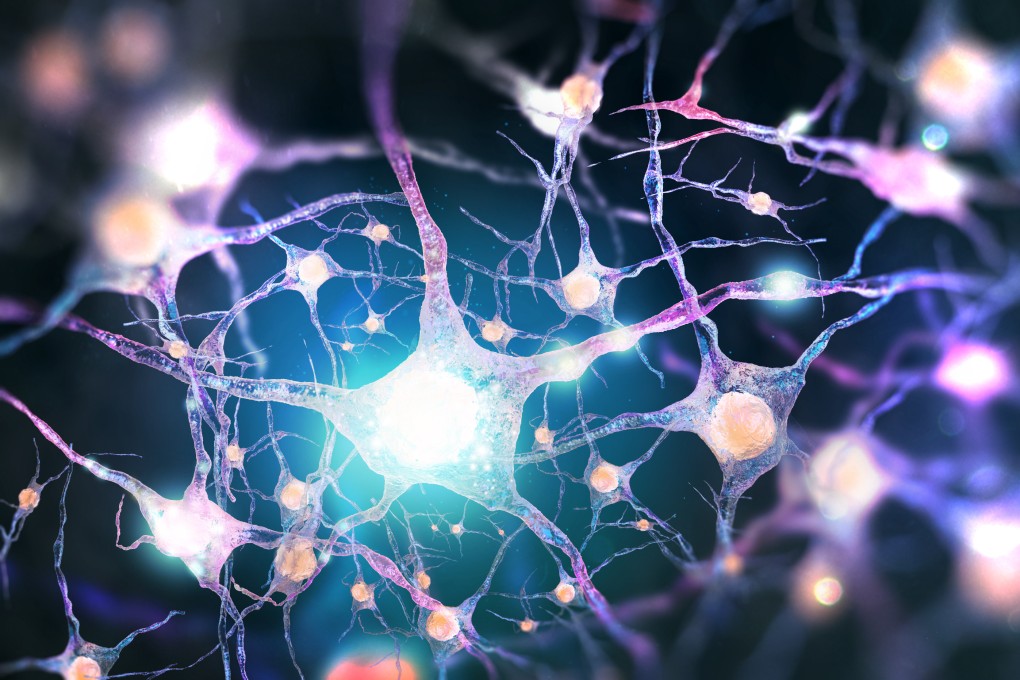China research ‘bridges gap’ between power hungry AI models and the human brain
- Industry experts believe the team’s findings could mark a pivotal shift away from silicon-based computing solutions

According to a paper published by Nature Computational Science on Friday, the researchers developed a model that bridges the gap between big, externally complex AI networks and the small, internally complex workings of the brain.
Industry experts said the team’s findings could mark a pivotal shift in AI development, prompting further exploration of computing solutions that are not dependent on silicon chips.
Current AI trends largely revolve around building ever-bigger neural networks, an approach that is fuelling concerns about unsustainable energy demands and a lack of interpretability.
In contrast, the human brain – with its 100 billion neurons and around 100 trillion synaptic connections – consumes about 20 watts of power. At the same time, each of the brain’s neurons is more diverse and complex than any existing AI model.
Researchers Li Guoqi and Xu Bo from the Chinese Academy of Sciences’ Institute of Automation, along with Peking University’s Tian Yonghong, noted that the two models shared a symbiotic relationship.